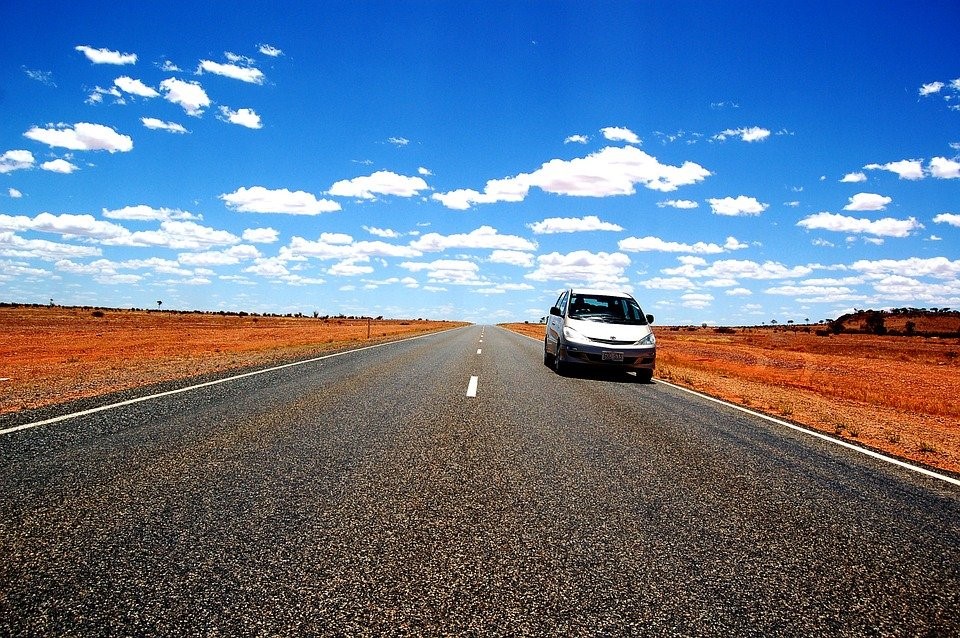You may be planning a trip, and the hotels are booked, and you know the outfits you’re going to wear. The plane tickets are all set, and you’ve already mapped out the famous tourist attractions that you’re going to visit. However, other tourists don’t want to commute as they want to have more freedom and flexibility when they are in another country.
Knowing the type of transportation that you’ll use to get around will help. You may want to visit Goautos.no for more information about the available cars in Europe, specifically if you’re going to Norway and in other countries nearby. When you go to your destination, everything can go smoothly if you have all the requirements ready and know what to expect.
Cars are standard in many transportation selections because they offer comfort and practicality. You can easily go into towns and country borders when you have a rental car. Plus, you can take your luggage with you and stop over whenever you see a restaurant along the way.
Factors to Consider in Renting Cars Abroad

Generally, there are factors that you need to consider before making your trip overseas. Some of the questions to ask yourself are the following:
- Does the country where you’re going accept your driver’s license?
- Are you going somewhere safe, or is the drive going to be hassle-free for you?
- Do you need to pay taxes, fees, and more in the region where you’re going?
- Do you need to pay toll fees?
- Are there safe parking lots along the way?
- Does the area have more traffic than you expect?
- Is it more advantageous to rent a car?
- Can you have any other options besides renting?
You can look on your search engine and research on the internet to find answers to the above questions. There are communities and groups on social media platforms that have already experienced traveling in Europe, and they are more than willing to offer helpful advice. Some of the questions above are answered in detail below.
1. Driver’s License that is Accepted Overseas
You may already have a driver’s license, but you need to know whether it’s going to be accepted by the car rental company of your choice. If you’ve browsed through a selection of companies and found one that you’re interested in, you may want to chat with their representatives first and know whether they will accept the license that you currently have.
It can be an absolute nightmare if you’ve already booked and paid for the car in advance, only to find out that your license is not going to be valid at the car rental company. This can dampen your spirits, and you may need to commute while carrying your luggage with you.
Some countries need translation of your driver’s license. Bring extra documents and get an International Driver’s Permit to be on the safe side. Apply months before your trip so you can obtain them before you go out of the country.
Renting a Car in Europe
Most European countries are part of the EO, and the driver’s license from home countries like the United States and Canada is always valid. The validity coincides with the amount of time you need to stay in the country, and this can range from 30 to 90 days, depending on the length of your stay. However, most companies will still require you to get an IDP, especially if you’re crossing borders.
2. Safety of the Streets and the Destination
Where you’re going can affect your road trip and the preparations that you’re going to make. In countries like Brazil, you need to be prepared to drive in mud cake roads, cracks, and potholes. Most of the countries in Europe are well taken care of, but it’s best if you can always check your map and the areas where you’re going before the trip to make sure.
Another thing to be concerned about is the safety of the roads. There are specific places where you DON’T want to drive. Ensure that the region is safe, and it’s best if you have someone with you, especially if you’re going somewhere far.
3. Fees, Taxes, and Other Specific Rules
You wouldn’t want to receive a fine or a ticket while you’re in another country because this can reflect in your records when you get home. You may need to go through the rules of each region, specifically regarding the taxes and fees that you may encounter.
In most cities around the world, there are charges on the parking lots. If you are unsure, you can ask an officer nearby, download an application, or buy tickets from machines whenever you need to.
Busier cities may prohibit driving in central areas on a specific day or time of the week. You have to pay fees if you’re driving at the center of Gothenburg and London, so ensure that you know these before going.
4. Tolls Along the Way

Consider the toll fees, and there will be several of them on the total cost of your trip. Check the rates beforehand and prepare more or less a reasonable amount for the toll alone. Bring cash to make the trips more accessible and exchange them into the country’s respective currencies at the airport.
Not all the tolls in Europe and other places overseas work in the same way. For example, Portugal regulations require you to pay at the post office five days after you’ve driven through the tollways. Read more about a guide of Portugal toll roads here: https://www.thebarefootnomad.com/europe/the-ultimate-guide-to-toll-roads-in-portugal/. You may not expect these, but they are something that you need to follow.
5. Safer Parking During your Stay
One of the best bets when leaving your car when you take some rest is in a hotel parking lot. However, they may not be available, especially if you’re going to an area where there are plenty of tourists. Check this information or book in advance when visiting a city.
Read websites and blogs about where to find safe parking when most of the lots in the area are full. Another thing is that you can look for secure and free parking whenever you can, which can translate into savings along the way.
Check for AirBnB apartments and hostels where there’s a parking lot nearby. They can offer their garage, especially when the parking spaces are hard to come by.
6. Lots of Traffic in the City?
You need to know how bad the traffic is in the city where you’re visiting. After all, you wouldn’t want to spend hours getting stuck in traffic and not enough time exploring the attractions and food in the place.
If the city is known to have bumper-to-bumper traffic jams, you may want to go before the rush hour to avoid extra headaches. You may want to visit the castles and countryside to breathe fresh air, and it will help if you go early to the distant regions. Another alternative can be public transportation, but you may want to get the most out of your car rental and visit the other popular destinations later on when others are going home.
7. Will It Be Worth Renting?

If you compare this to other forms of transportation, renting has its own advantages. It’s very worth it if you have a family, you’ll go to a far place, you need to visit a villa in the Northernmost region of Tuscany that does not have public transport, or you’re in a rush.
One advantage is that driving your own vehicle can give you comfort regardless of where you are. You have your own space, and you don’t have to be in a crowded place where there’s a higher chance of you contracting viruses and getting sick. This transportation will let you keep your stuff around, and you can go to other routes whenever you want.
Aside from this, many people actually benefit from the prices compared to when they buy train or bus tickets. They are cheaper, and you can get the most out of your trip when you stop by at beautiful beaches and take pictures.
8. Other Transportation Options?
In some cases where transportation options are limited, renting a car can be a good idea. For example, you may need to go to places inaccessible by public transport and take the least amount of time possible.
However, if you’re going to stay in a country and sample the “local life,” you may want to take the bus instead if you’re going within city limits to save on gas. You will also not have to worry about parking spaces, but this is perfectly up to you.

